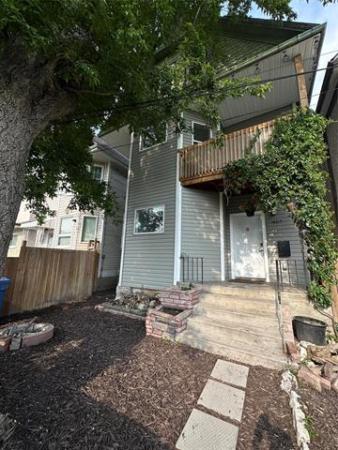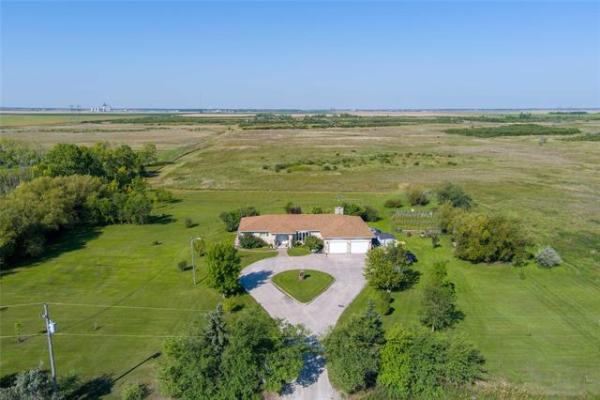QUESTION: Thanks for the column on the Zonolite class-action suit in January. I had read the facts sheet on the website, but did not get from it that only a small portion of the removal/abatement cost would ultimately be covered.
Before reading your column, I had already contacted the lawyer listed and received back a standard email that led me to believe my questions were not read. It just redirected me to the Q and A webpage of www.graceclaims.com as well as their own class action info webpage.
I sent a second email explaining that I had read the info page already but had two questions. A second email arrived with more info, but still nothing that indicated we needed to have already paid for removal/abatement, nor that it would not cover much of this cost anyway.
While we have no intention currently of selling our home, I am concerned about what will happen within the next 20 or so years when my husband and I decide we want to sell our farmyard. We have heard of cases in Ontario where deals have fallen through due to Zonolite presence. So if we do not remove it now, we may be forced to do so at a later date.
The advice from government/health websites has been to not disturb it and seal up every miniscule crack or openings around fixtures in ceilings. Tradespeople we have spoken to seem to think it's a problem only if the insulation becomes visible during renovations, which we want to start this year. Given that the dangerous part of the insulation is invisible to the naked eye and highly friable, I find this odd.
Even people we have talked to who are involved in abatement or removal ask why we think removal is necessary. Given the cost, I don't wonder why. We received an estimate of $15,000 from Power Vac to remove it from our bungalow's 1,000-square-foot attic. Since this is so expensive, do you suppose there will be many who have undertaken the expense and so be able to file a claim?
At any rate, my husband and I will have to soon make our decisions based on the conflicting info we have received about whether to leave it sit or remove it. I suppose nothing short of a crystal ball would help with these concerns.
Barb Galbraith, email
ANSWER: While I strive not to answer similar questions more than once a year, a recent inspection that uncovered large amounts of vermiculite in the attics of a home prompted me to revisit this issue, previously covered in January. I am impressed with the level of research you have done and will offer some further advice so that you can rely on more building-science-based information for your decision. To properly revisit this topic, I will describe the current issue with this type of insulation.
Several years ago, it was discovered that most of the vermiculite insulation that was produced under the brand name Zonolite, which originated from minerals from a mine in Montana, contained high amounts of asbestos. This insulation may have been installed in attics in homes in Canada during the 1970s and 1980s. At the time, it was approved for use under a federal government insulation program, so was widely used across the country. There may be thousands of homes in Canada that have Zonolite currently in their attics, and sometimes walls.
While I understand your concern with future sale of your home, I don't agree that removal should be done, unless absolutely necessary. Asbestos in homes is only a concern if the products that contain it become disturbed, either by damage or by physically moving the products. This may allow the asbestos fibres to become friable, airborne and subject to breathing in by occupants of the home. If you have a reasonably well sealed attic, there is almost no possibility of this happening if nobody enters the attic space. If you have a contractor enter the attic with the expressed desire to remove the offending material, it will have to be grossly disturbed in the process. That will likely release large amounts of friable material, creating a potential problem that didn't exist when the insulation was left dormant.
To allow for this problem during removal, extreme measures must be taken to prevent loose fibres from contaminating the living space of the home. This will require sealing large areas of the home with plastic and installation of large fans to create a negative pressure situation in the attic. Once removal is complete, a major cleanup will be required followed by indoor air quality and laboratory testing of other samples from the home to ensure it is asbestos free. That is the real reason for the ridiculously high cost of removal. It is simply that the precautionary steps required to prevent contamination of the home are time-consuming and expensive.
If the material is left undisturbed, not only will there be little chance of loose asbestos fibres entering the living space and being inhaled, there will be no need for expensive remediation. I agree with Health Canada and other government sources that recommend leaving it alone. Despite some over-reactionary panic in other provinces, such as parts of Ontario as mentioned, I would not be too concerned about resale of homes with vermiculite in the attics. If that does become a larger issue in the future, I would expect the government would have to become involved in some form of compensation as there would be thousands of affected homeowners across the country that have a product that was once approved for use in their attics.
Ari Marantz is the owner of Trained Eye Home Inspection Ltd. and the President of the Canadian Association of Home & Property Inspectors - Manitoba (www.cahpi.mb.ca). Questions can be emailed or sent to: Ask The Inspector, P. O. Box 69021, #110-2025 Corydon Ave., Winnipeg, MB. R3P 2G9. Ari can be reached at (204) 291-5358 or check out his website at www.trainedeye.ca.
trainedeye@iname.com



